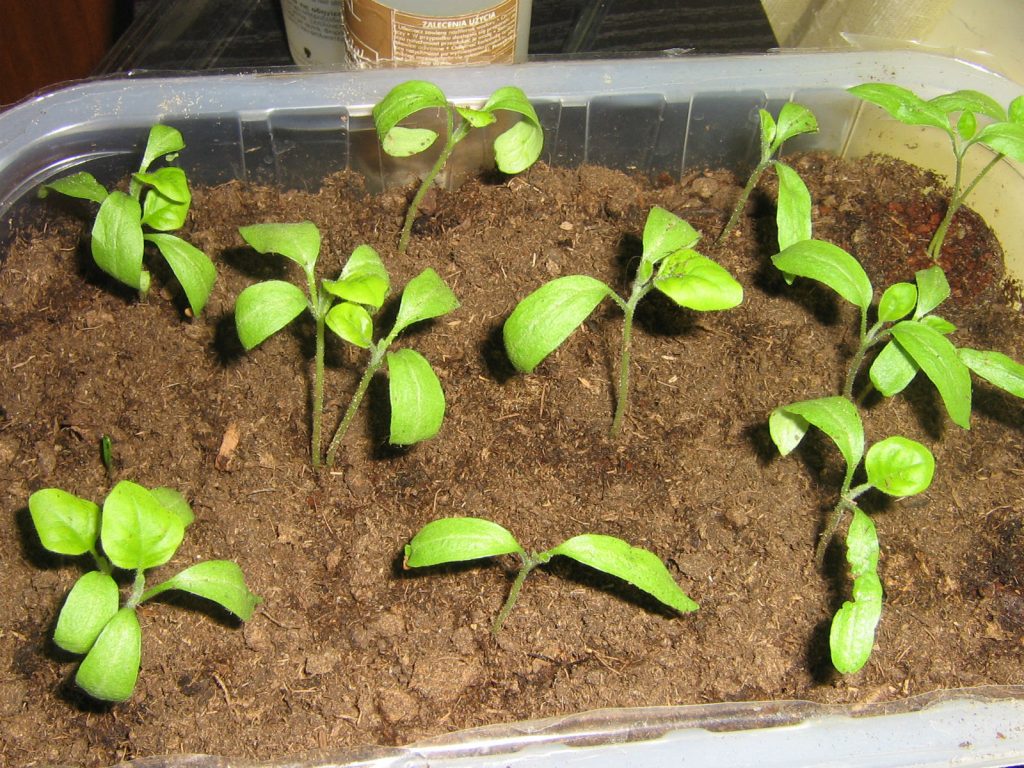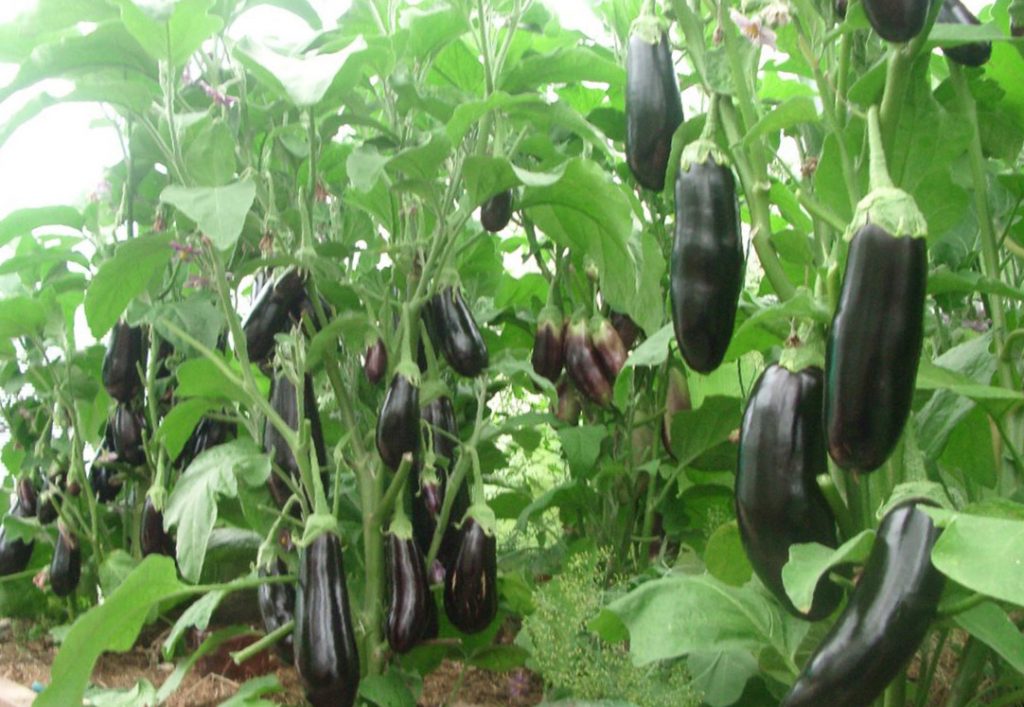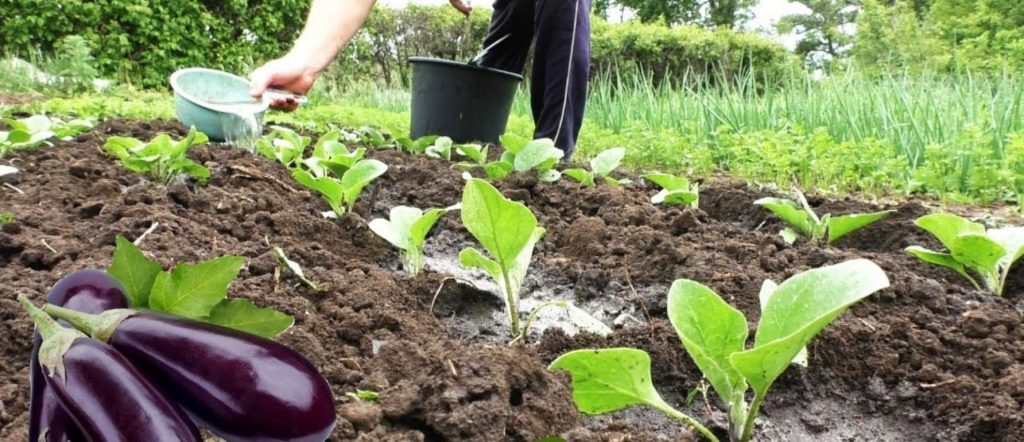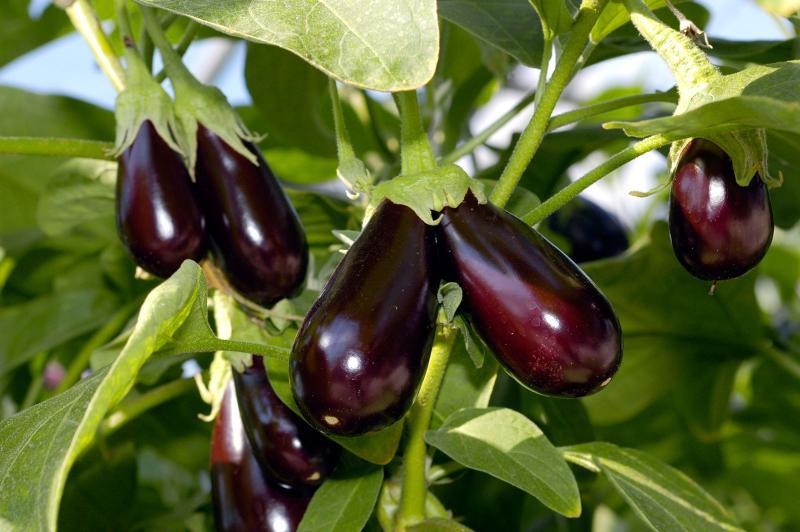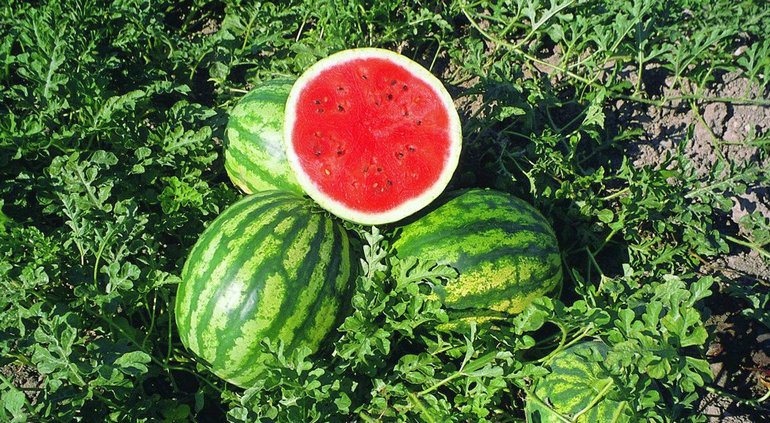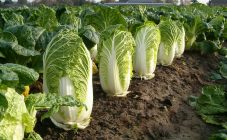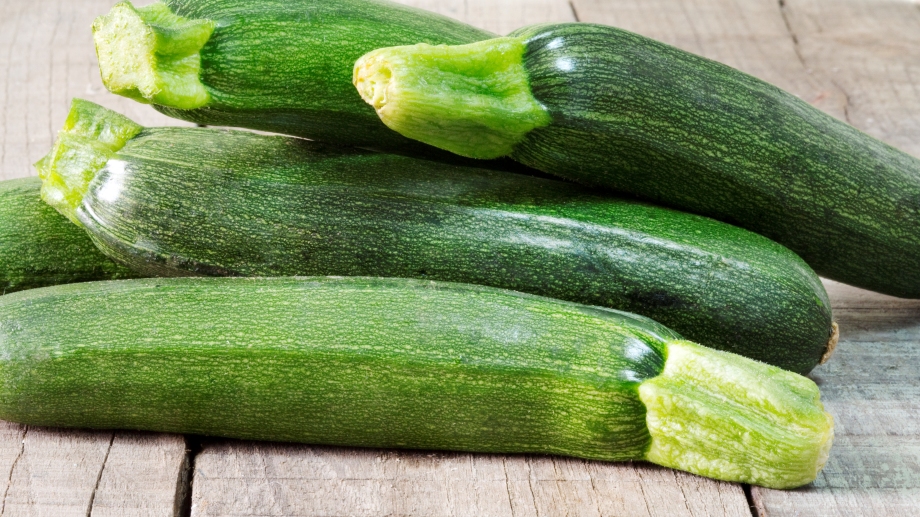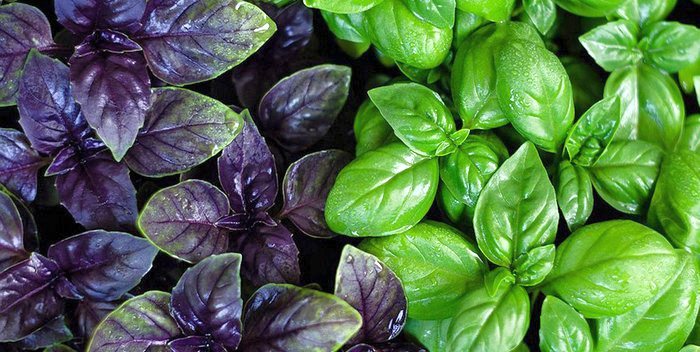Content:
Many gardeners have already seen from their own experience how difficult and capricious eggplant is in growing. Not everyone is able to tame this subtropical vegetable with purple or white fruits. At the same time, eggplant is rich in various vitamins, micro- and macroelements that the human body needs, so it is definitely worth learning how to grow it in your garden plot. In order for attempts to cultivate this interesting vegetable to be crowned with unconditional success, all the rules of its agricultural technology should be strictly observed. More about them.
Preparing for planting eggplant
The growing season of eggplants is about 160 days, therefore, in the middle latitudes of our country, this vegetable is grown exclusively by seedlings. It is enough just to grow eggplants for seedlings from seeds at home, as well as tomatoes, and peppers, and many other vegetables. It only takes time and some perseverance.
The seeds are sown in mid-March. At an ambient temperature of +20 ° C and above, seedlings usually appear in 1-2 weeks. If the container of seeds is left in a cooler place, the eggplant will often not sprout at all. As soon as the first sprouts appear in the container, you need to immediately take out the eggplant seedlings to the brightest and warmest place at home. Further, for good growth of seedlings, it is required to maintain the daytime air temperature not lower than + 20-22 ° С, the night temperature - not lower than + 15-18 ° С, and also ensure timely watering as the soil dries.
Picking eggplant seedlings
Picking eggplants is not an easy procedure, but it is extremely important for their successful cultivation. Usually, seedlings dive when the first pair of true leaves appeared on the plants. By this time, it is already possible to distinguish stronger shoots among the seedlings and, if necessary, discard frail, crooked, poorly developing plants.
Eggplants dive into individual small plastic or paper pots, pre-filled with light soil. The soil must be selected neutral or slightly alkaline; garden soil, mixed with humus in a 2: 1 ratio, is well suited for growing eggplants.
Before diving eggplants, the seedlings need to be well watered, after which each plant is moved from a common container to individual pots using a special spatula or other handy tool. Too long central roots can be neatly pinched, but this is done only with strong, well-developed seedlings.
When all the plants have taken up their new pots, they can be watered with warm water so that the roots of each seedling under the ground are straightened. Before watering, you can add a few drops of Epin to the water to enhance the immunity of the seedlings and their more successful adaptation to new conditions.
In the "program" of caring for eggplant seedlings, you can also include feeding it with a weak solution of any complex fertilizer.
How to plant eggplants correctly
Eggplant seedlings are planted in a permanent place approximately 70-80 days after sowing. By this time, up to 7 true leaves have already formed on each young stem, and the shoots have reached a height of about 10 cm. Eggplants are transplanted into open ground around mid-June, when the threat of frost has already passed and the air temperature at night does not drop below + 15 ° C. the greenhouse can be planted with seedlings already in mid-May.
To make the eggplants happy with a good harvest, it is important to properly prepare the beds for them. The most convenient ones are those on which no more than two plants are placed in width. It is better to place the beds in that part of the garden where there is the most light and the least wind. The greenhouse also needs to be very well lit.
The scheme for planting eggplants is as follows: the distance from the edges of the ridge is at least 30 cm, the distance between neighboring plants is at least 40 cm.
Planting is best done in the evening so that the seedlings do not suffer from excessive heat or bright sun. Plants must be very carefully removed from the pots, because any damage to the fragile root system of eggplant threatens the rapid death of the entire plant. The seedlings are buried in the holes a little deeper than they grew in pots, this is done to give the bushes more stability.
Particular attention should be paid to planting overgrown eggplants, peppers and further caring for them. Such plants do not withstand moving from place to place, so they are planted very carefully and immediately tied to a support so that the seedlings do not fall at the slightest breath of wind.
Care
Saplings will need a lot of strength in order to take root in a new place, therefore, it is required to organize them the most comfortable conditions for further growth and development. Many articles have been written about how to grow eggplants in the open field or in a greenhouse. The basics of agricultural technology for plants planted in a permanent place are as follows.
Water the seedlings 1 or 2 times a week, depending on the degree of soil moisture. Only warm settled water is used for irrigation (water consumption is 10 l / sq. M). This scheme is followed until the onset of the flowering phase.
When the bushes bloom, watering is carried out only at the root, preventing moisture from getting on the flowers and ovaries of plants. It is very important not to flood the plants, because waterlogged soil contributes to the development of many fungal and infectious diseases.
The ideal air temperature for growing eggplants is 23-26 ° C. In no case should the plants be overcooled or overheated. You can protect bushes from the cold using film, agrotextile or cut plastic bottles. With the onset of extreme heat, eggplant bushes must be shaded, otherwise they can get sunburn or simply die from drying out the soil.
When caring for eggplants, it is necessary to loosen the soil under the bushes weekly to ensure constant air access to the roots. Loosening is convenient to combine with weeding plantings. Weed control is an extremely important stage of care, because weed plants often attract a variety of pests to eggplants, and also become a source of diseases and many other problems.
Shoots that have reached a length of 30 cm must be pinched, that is, remove the tops. Without pinching, the plants may not have enough strength for good fruiting.
During the period of active growth, eggplants should be regularly fed with minerals and organic fertilizers. Organic matter is added to the first or second feeding. Eggplant "to taste" rotted manure or bird droppings. It is also quite effective to apply compost under the bushes. The following dressings are carried out with mineral fertilizers: superphosphate, nitrophosphate, nitrate.
Prevention of eggplant diseases
Eggplants come from the subtropics, so our climate is not particularly comfortable for them. Any, often even minor, changes in growing conditions lead to bad consequences in the form of the development of various diseases in eggplants.
Like many other thermophilic crops, eggplants are very susceptible to late blight. Sharp temperature changes can provoke the appearance of this disease. Prevention of late blight is observance of crop rotation (do not plant eggplants after nightshades), maintaining the optimal planting scheme (not allowing crops to thicken), timely destruction of plant residues.
Eggplants often suffer from gray and white rot, which are usually caused by high humidity and temperature disturbances. The first signs of the appearance of rot: the stems turn white and bloom, watery spots appear on the leaves and fruits. In order to prevent the development of putrefactive processes, it is necessary, first of all, to observe the irrigation regime, to prevent waterlogging of the soil.
A variety of garden pests are also showing great interest in eggplants. The Colorado potato beetle is especially dangerous for an overseas vegetable; it is able to literally destroy all eggplant bushes planted in the garden in one night. You can fight this pest mechanically, regularly collecting and destroying laid eggs, hatched larvae and adults, or you can call on the achievements of modern chemistry or folk remedies for help: spray the plantings with Intavir solution or wormwood infusion. Dusting plants with wood ash also helps a lot.
Sometimes snails or aphids attack eggplant bushes. Plants affected by them look very deplorable: leaves wither, ovaries fall, etc. In the fight against these pests, the same methods are used as with the Colorado potato beetle.
Tips from experienced gardeners:
- For growing eggplant seedlings, it is better not to use peat cups, since the fragile roots of young plants are simply not able to grow through the dense walls of peat mixed with cardboard. In addition, peat acidifies the soil, and eggplants do not like this very much.
- Plants planted in open ground should be immediately tied to a support so that fragile stems do not break from the first gust of wind.
- Don't be afraid to form a bush yourself. As soon as ovaries begin to form on the plant, all excess foliage and shoots without peduncles are removed from it, which allows the plant to direct all its energies to the ripening of already set fruits and the formation of new peduncles.
- Eggplants are very sensitive to waterlogging. Stagnant water provokes the development of diseases, therefore, the bushes should be watered no more than 1-2 times a week until the ovaries appear and no more than 1 time every 2 days, when fruits begin to form on the plants.
Complex plants - eggplants, seedlings, growing and caring for which from season to season raises many questions for almost every gardener. It is quite possible to get a good harvest on your site. It is only important not to spare your own efforts and time to care for this healthy vegetable, which also has excellent taste.
